MAN ON MOON: Reflections on how mankind and the media came together on the surface of the moon 50 years ago

MAN ON MOON
Reflections on how mankind and the media came together on the surface of the moon 50 years ago
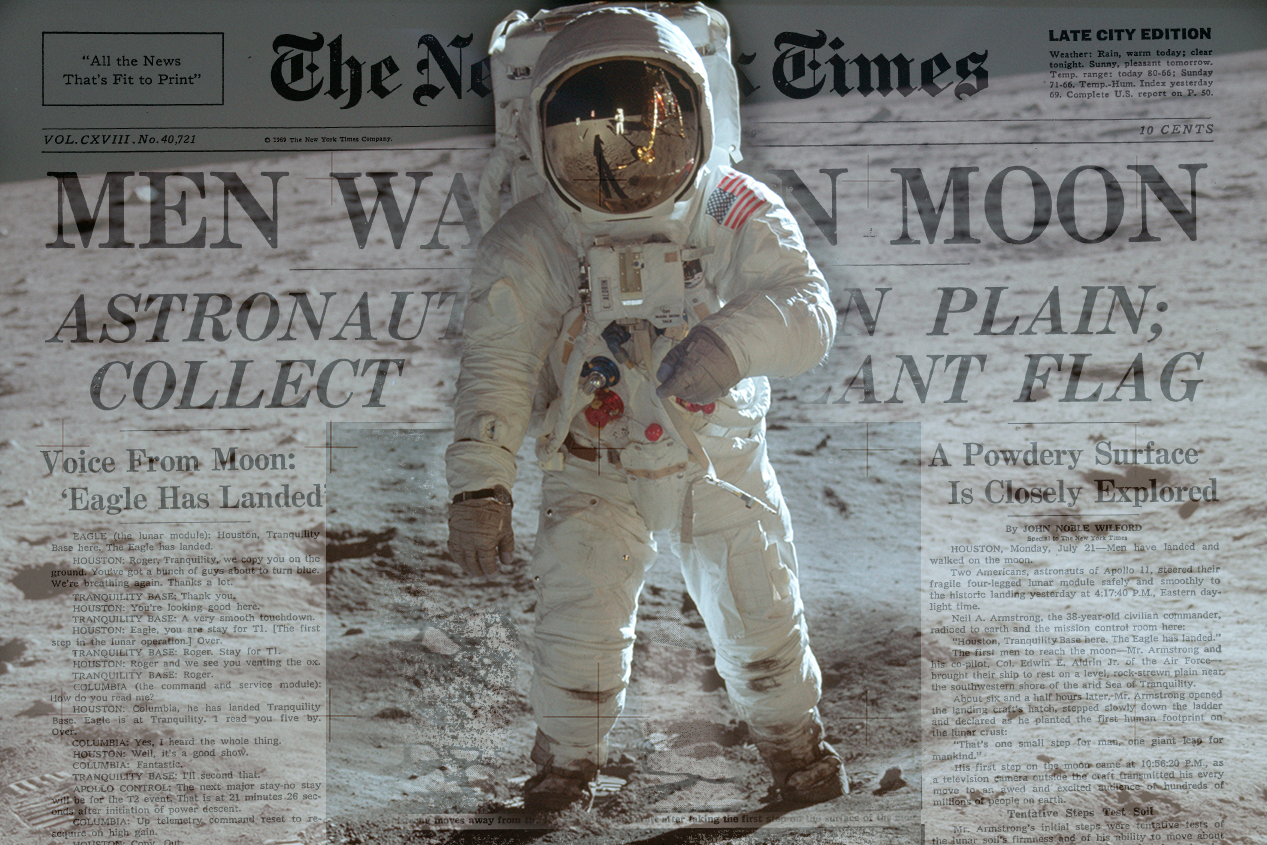
MAN ON MOON
Reflections on how mankind and the media came together on the surface of the moon 50 years ago
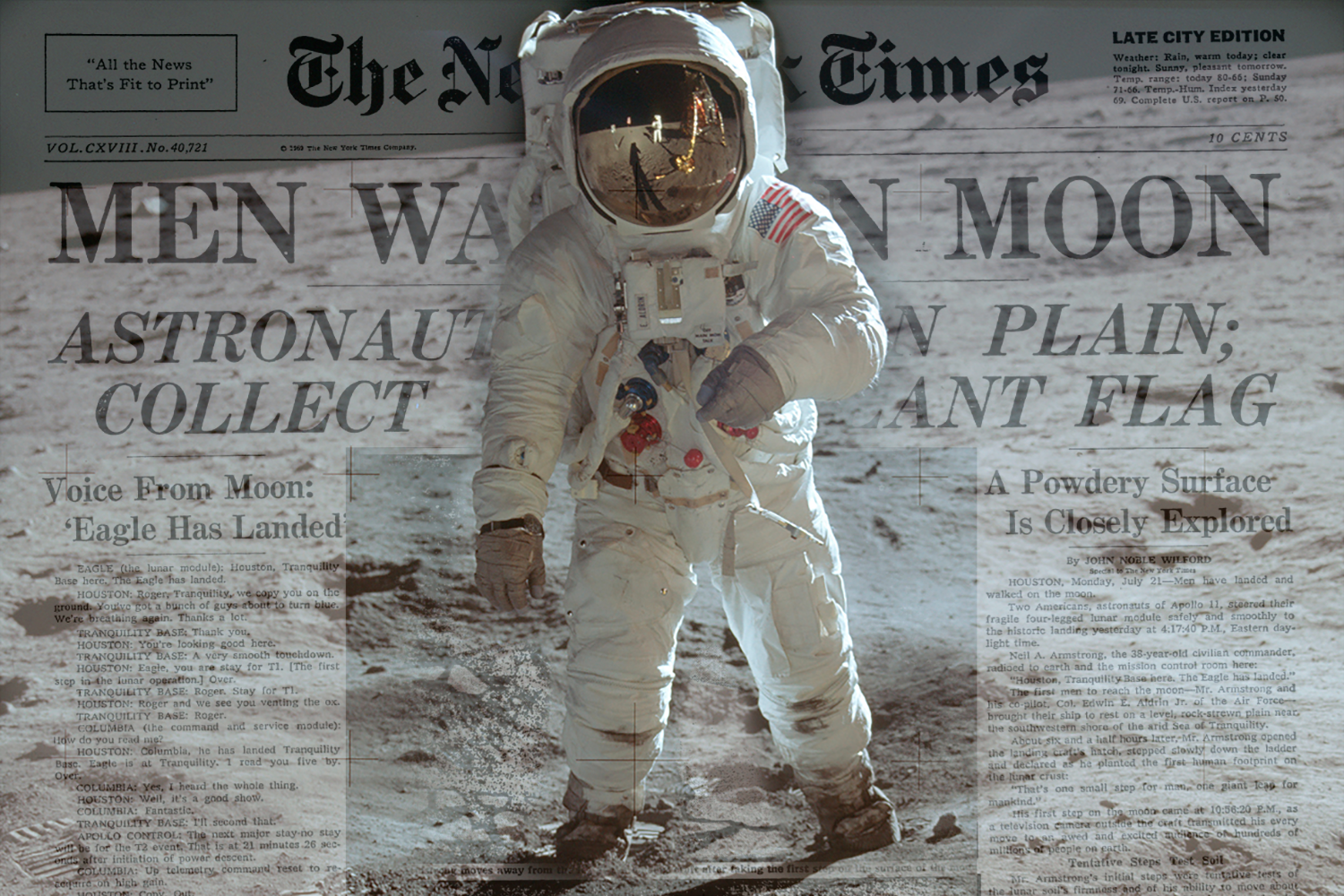
July 18, 2019
Fifty years ago this weekend, three Americans landed on the moon, an event broadcast live to the whole world. Today, we explore the visuals and storytelling that bounced back to us earthlings, changing our views of science, journalism and possibilities for the future.
'Whew, boy!': Walter Cronkite watched and reacted with the nation
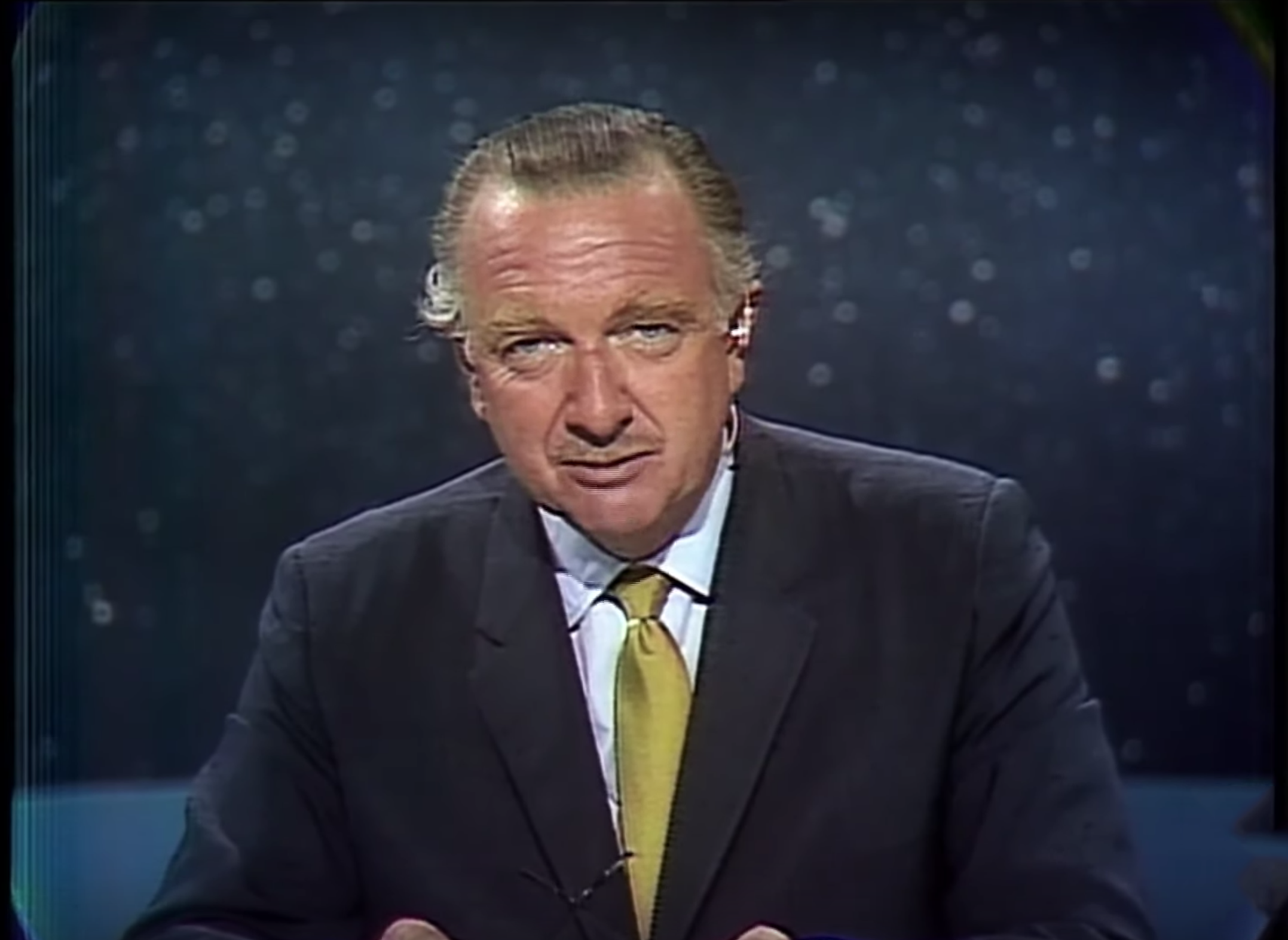
As a summer intern, I watched Walter Cronkite and the CBS News team document history
At the time of the Apollo 11 broadcast, Mike Russo was 23 years old and Walter Cronkite’s desk assistant. He recalls running up and down stairs to deliver scripts, taking Cronkite’s lunch order (tuna salad on rye with a Tab soda) and Cronkite’s excited gasp: “What a day!” (Poynter)
War, assassinations, then hope: What the live broadcast of the moon landing meant to America
America had just witnessed John F. Kennedy’s murder, Martin Luther King Jr.’s assassination and it was in the midst of the seemingly endless Vietnam War. Then men landed on the moon — while the whole world watched on TV. (Poynter)
Writing history: 'It was the biggest story of my life, at age 30'
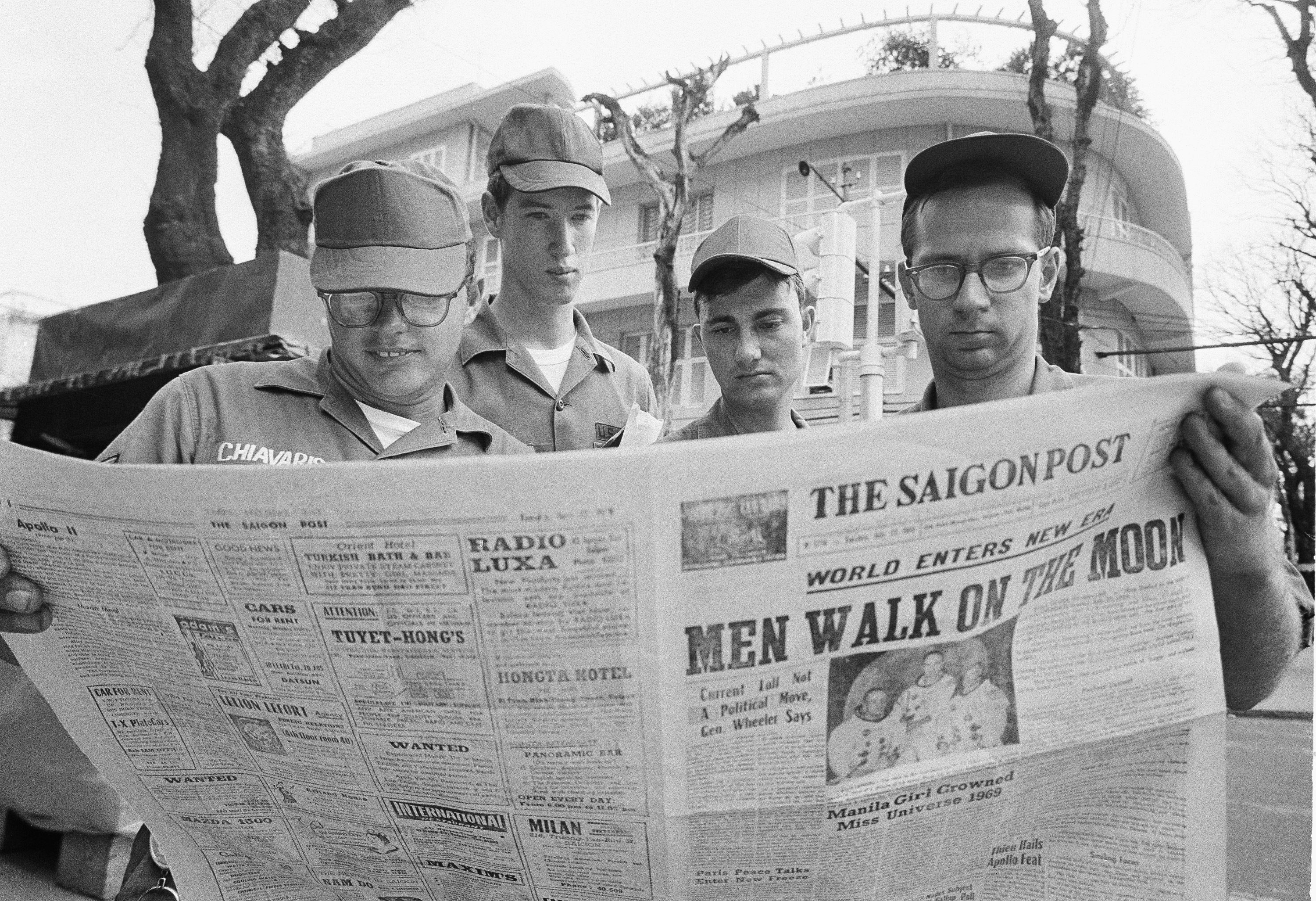
‘How would this day turn out?’: The reporter covering Apollo 11 for America’s biggest paper recalls July 20, 1969
Mark Bloom was a 30-year-old reporter for the New York Daily News when Apollo 11 landed on the moon. The nation was transfixed. But for Bloom, who had covered a majority of the space launches, “it was becoming almost routine.” And he had reason to expect it to not go as well as it did. (Poynter)
A Roy Peter Clark Q&A: Reporting and writing on Apollo 11
Poynter’s writing coach Roy Peter Clark interviews Mark Bloom about how the then-30-year-old reporter wrote the biggest story of his life: “I tried to remember that I was the fortunate surrogate for my readers, millions of them.” (Poynter)
Shoot for the moon: Preparing to write the biggest story of your life
Roy Peter Clark reflects on the significance of the moon landing, clear to any reporter who was writing the story, and offers seven strategies for journalists facing down a story of similar importance — whatever that may be. (Poynter)
These 50-year-old front pages show how Apollo 11 captivated the country
Jim Carrey improvised the famous scene in “Dumb and Dumber” where, upon seeing a framed newspaper, his character expressed surprise that man had landed on the moon 25 years after it had happened. But, looking at this collection of front pages, it’s easy to feel his awe. (Poynter)
[the_ad_placement id=”_rail_pos_1″]
Moon shots: 'Its worldwide publication changed the course of the space race'
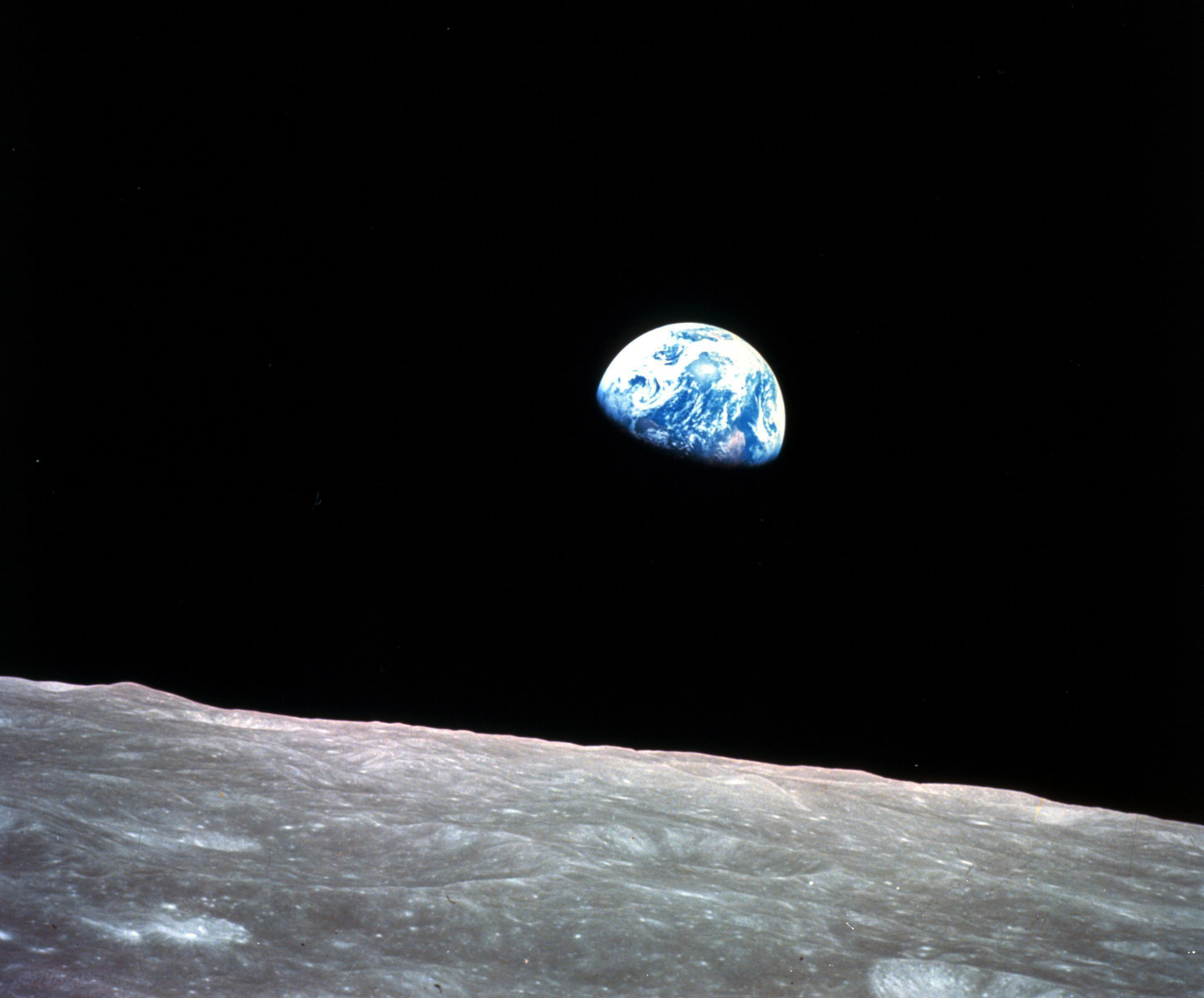
What ‘Earthrise’ meant to scientists, journalists, artists — and restless teens like me
Babak Tafreshi was a “restless teenager obsessed with science fiction and stargazing” when he first saw “Earthrise” projected on the dome of a planetarium. The National Geographic photojournalist analyzes the photograph and shares the impact it had on his life and humanity. (Poynter)
Who Took the Legendary Earthrise Photo From Apollo 8?
The mission returned to Earth with one of the most famous images in history. It appeared on postage stamps, the covers of catalogs and, eventually, as the background image for Walter Cronkite’s “CBS Evening News.” But who took it? (Smithsonian)
[the_ad_placement id=”_rail_pos_2″]
The Onion's infamous spoof: 'It seems like the response that any normal person would have'
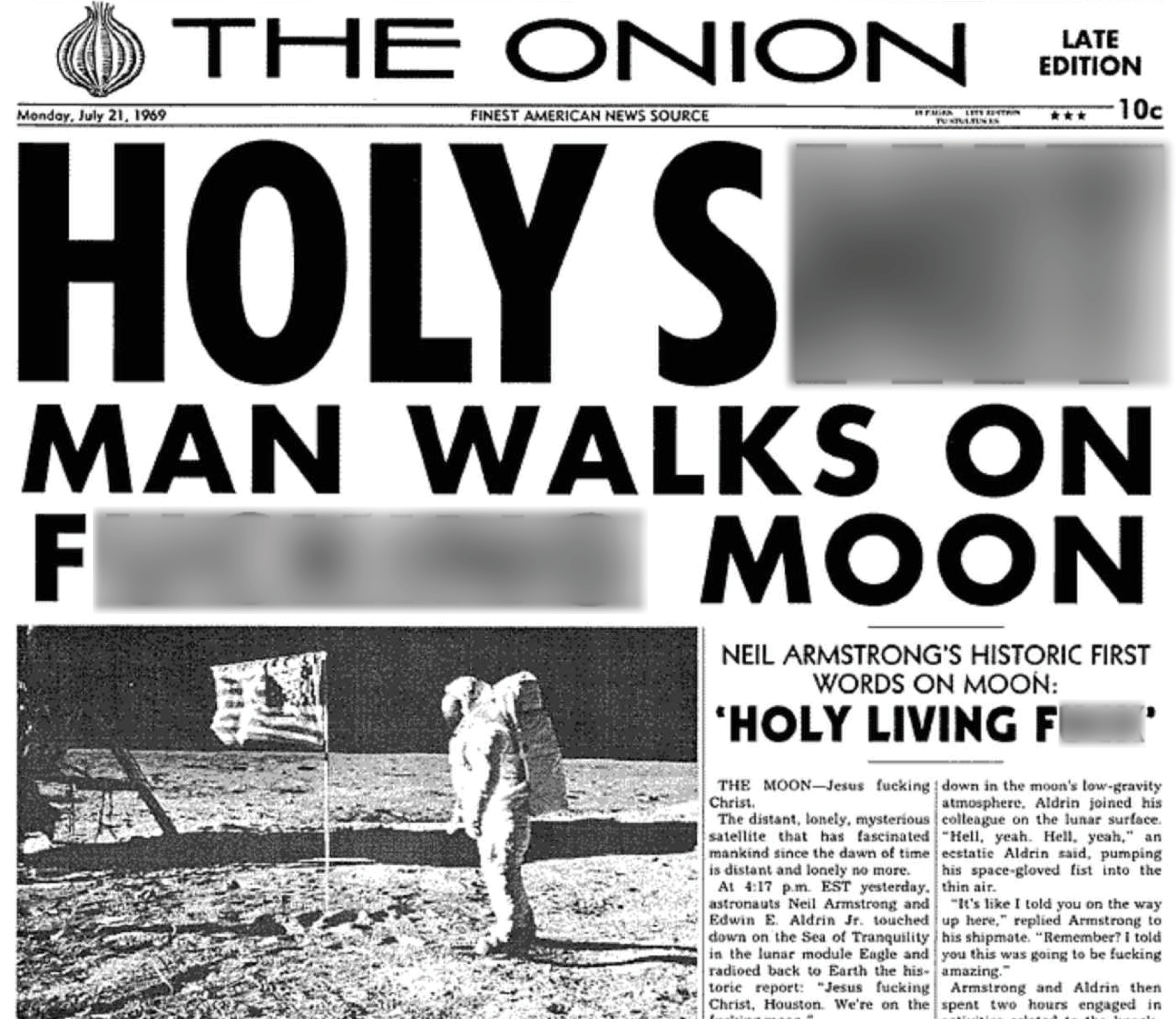
‘That was the first headline idea that we had’: The origin story of The Onion’s most hilarious cover
In the late ‘90s, editors of The Onion were planning a satirical book of front pages. Their first headline idea was a very human reaction to man landing on the moon. Said an Onion cofounder: “We were pretty sure no newspaper had ever put ‘Holy Shit’ on the front page in banner headline type.” (Poynter)
The cover: HOLY S***: MAN WALKS ON F***ING MOON
We’re pretty sure no newspaper has ever used that also very NSFW lede, either. (The Onion)
[the_ad_placement id=”_rail_pos_3″]
Hoaxes, livestreams, dramatizations and more: A roundup up great Apollo 11 coverage

- Would you please help fact-checkers fight those never-ending moon hoaxes? (IFCN/Poynter)
- Fifty years after Apollo 11, moon landing hoaxes still thrive online (PolitiFact)
- The Apollo 11 story told through the eyes of the Florida men and women who made it happen (Tampa Bay Times)
- Apollo 11 in Real Time: A real-time journey through the first landing on the Moon (ApolloInRealTime.org)
- CBS News livestream of the original Apollo 11 launch broadcast in real time, 50 years later (YouTube)
- Cigarettes & Rocket Fuel: a dramatization of the U.S.-Soviet space race (Houston Chronicle)
- 50 Years Later: Apollo 11 And The Landing That Almost Wasn’t (NPR)
- Can Neil Armstrong come to dinner? My grandfather’s work on the moon mission and how it shaped our family (Seattle Times)
- 8 Places You Can Visit to Celebrate Apollo 11’s 50th Anniversary This Week (Time)
- How to dress for space: Explore five iconic spacesuits in 3-D and more than 50 years of spaceflight (The Washington Post)
Designed by Ren LaForme
Edited by Barbara Allen
